Due to the traffic present on social media sites and even on the internet as a whole, many people look for cheap ways to get popular.
One such way to earn fans and followers for yourself is to make your picture go viral. Some people even resort to starting a conspiracy theory of sorts. And the easiest way to do it is to doctor an image, that can create confusion and mislead the average viewer for the sake of a few thousand likes and comments.
That’s why you see people sharing those ‘Forward as Received’ WhatsApp messages that you must have received a million times by now. Only problem is, almost all of them are fake.
So what to do in such a case? How to know if an image is real or has been ‘Photoshopped’?
We take a look at some simple ways to quickly check if an image has been doctored or if it is completely genuine.
Inconsistent Lighting
Objects close to each other or adjacent to one another will be lit in a similar fashion. If an object appears a little brighter or duller then the rest of the objects around it, it’s a safe bet that the object has been added later.
This may be a little harder to judge in extreme light conditions.
Signs of Editing
Usually when amateurs try to edit an image, they use a cheap software which leaves evident distortions and anomalies on the image.
Look for distortions along the edge of an object or person. This will tell you if the picture has been tampered with or not. This becomes much more difficult on lower resolution images as they already contain a lot of noise.
Look for Identical Pixels
We live in a vibrant and colorful world. In ambient light, even an object with uniform color will have slightly different shades throughout i.e. pixels adjacent to each other will have slightly different colors.
Software used to tune images also employ tools which paint the whole area with the exact same color and hence all the pixels appear to be of the exact same color. Knowing whether a picture contains the same color over a large area or slightly different shades can be used to authenticate the picture.
Look at the Metadata
The metadata of an image is much like the ‘properties’ dialogue box in windows which tells you all the details like the size, location, date created etc about a program. Likewise metadata gives information about the camera used, the shutter speed, the ISO and other details about the sensor and its settings when the picture was taken.
Usually editing an image causes disparities in the metadata and sometimes it is even completely erased. So if you’re not a 100% sure after examining the image, you can be pretty sure about it after examining the metadata.
Via Lifehacker
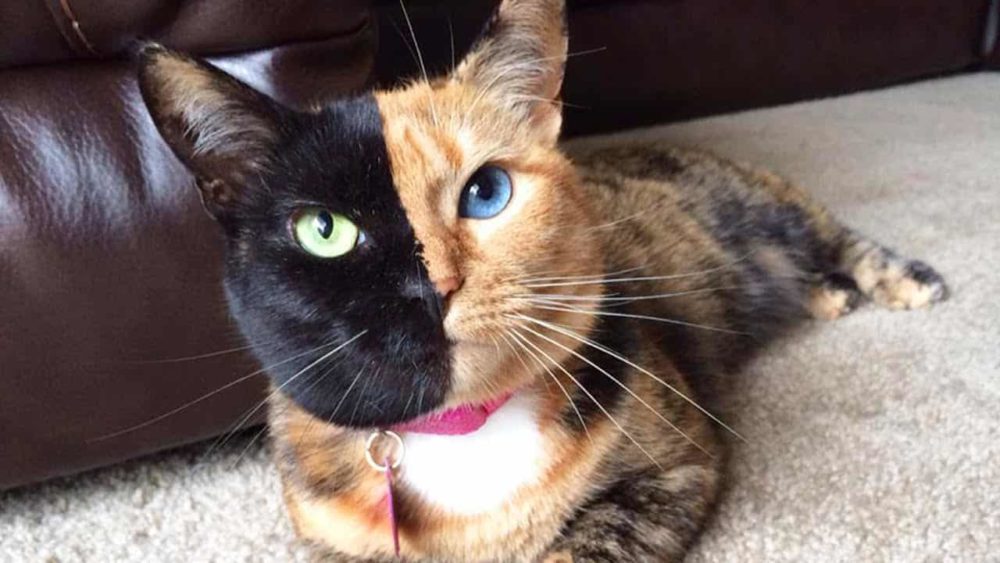
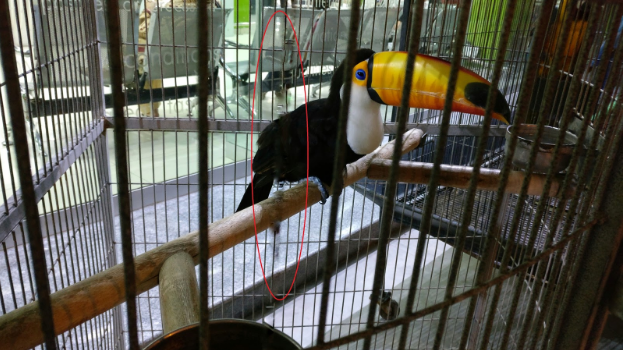
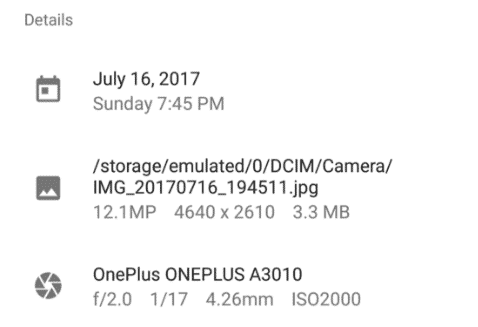

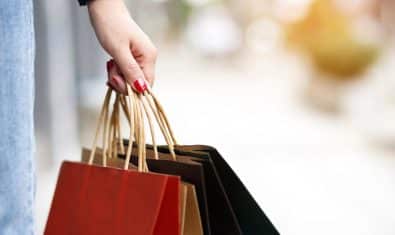

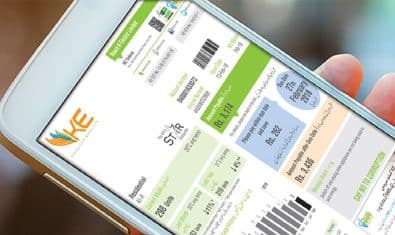
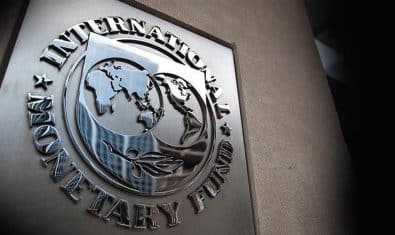
















Facebook removes metadata even from the real picture!
LOL! Why you didn’t include the reverse engineering with Google Image? It shows the resources from where the picture was taken! Simple drag the image into the box of Google Image, it will show the sources. The best method! If the pictures have many sources, it will be fake for sure! Because original photos are not found via Google Image.
https://uploads.disquscdn.com/images/63d7456505b3479a16eeb9dce6eab7e552353d6cb8146ecd3fa06855cbd2be38.jpg
You Nailed it !
Ok! but not 100% accurate. That’s my opinion.
Yep, not accurate, but better than the way mentioned in the article! You can use this way to check the fake profile of a Facebook girl.
Loads of bullocks.
Just tell us how to differentiate a real and a fake copy-paste article?
You can use Copyscope, or you can use Google Search. Copy the first paragraph or any paragraph and paste into Google Search. You can also use Google Alert if someone copies your entire article, you will be alerted via email – provided you write the same lines for getting an alert. Being a writer, I use premium version of Grammarly, it has a plagiarism checker.